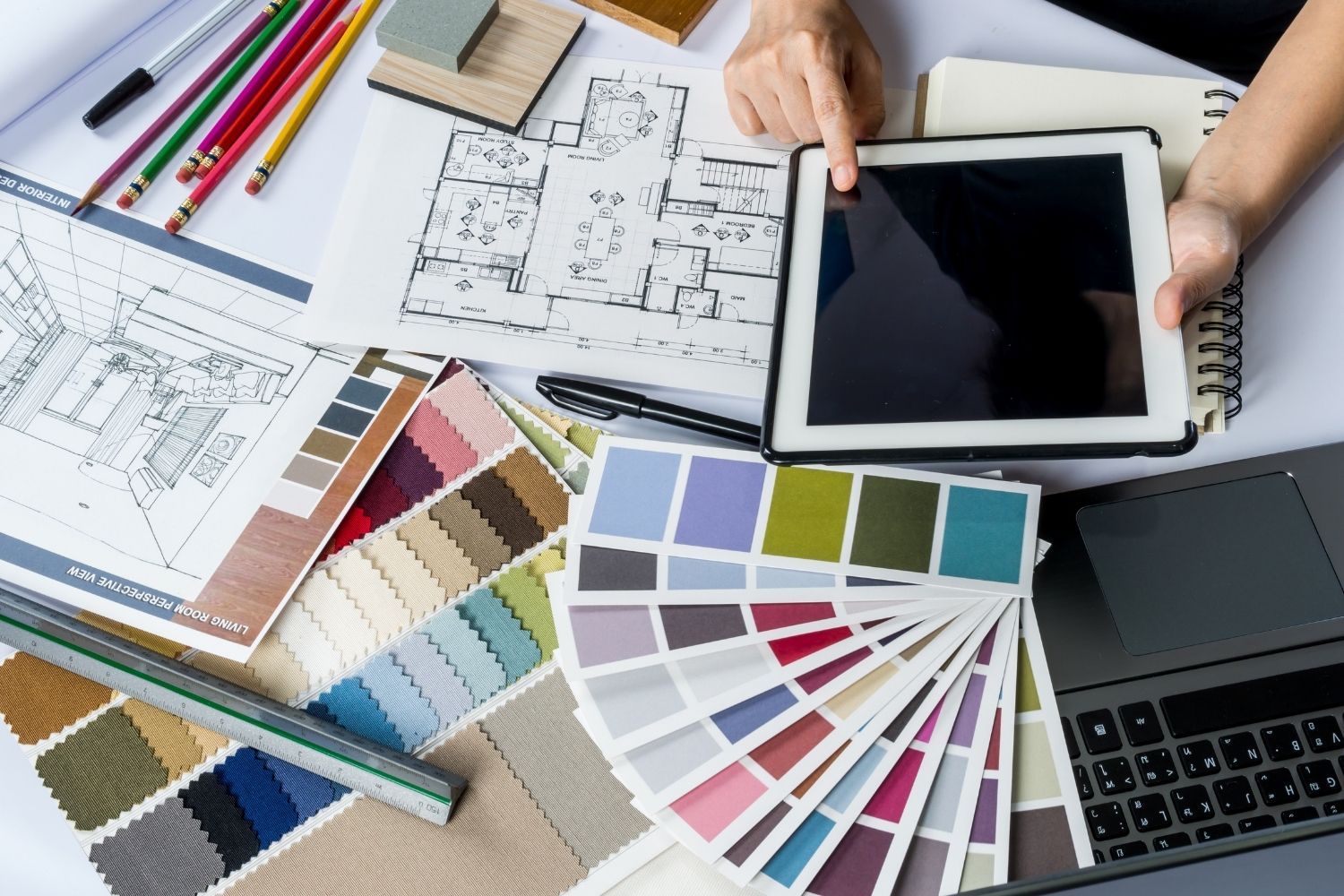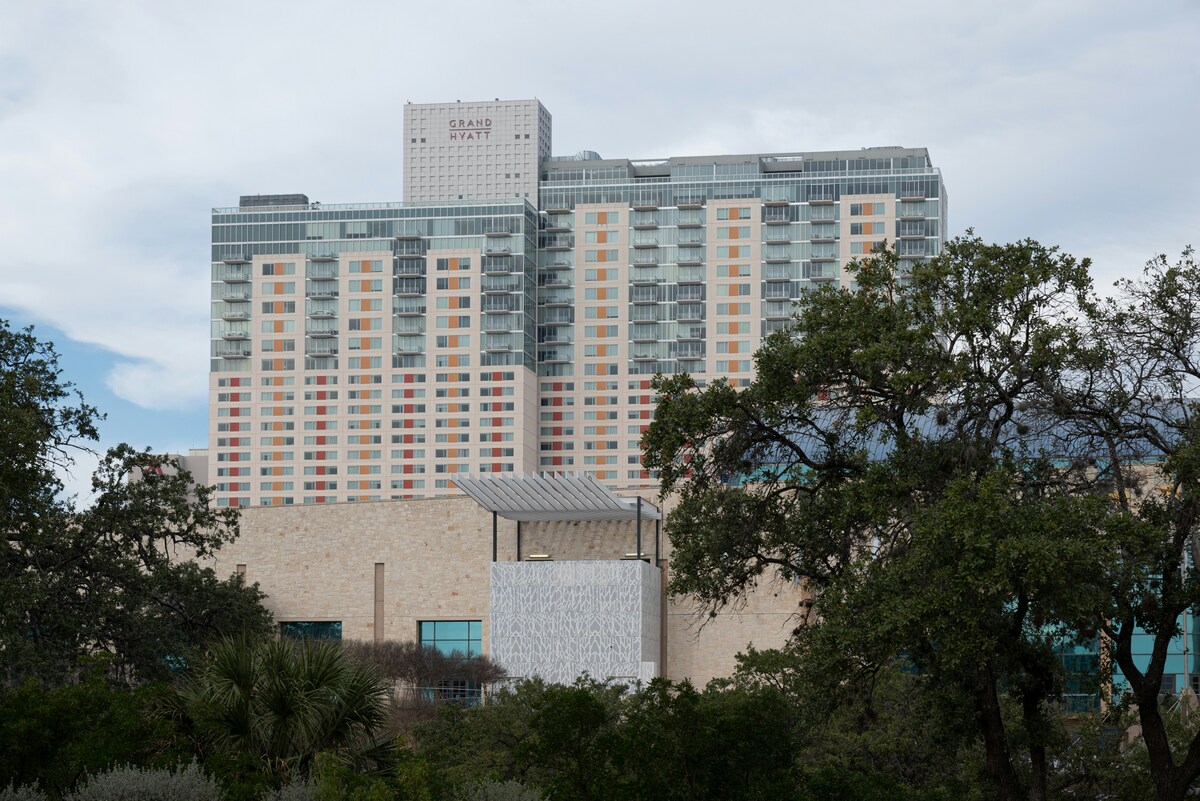- Home
- Articles
- Architectural Portfolio
- Architectral Presentation
- Inspirational Stories
- Architecture News
- Visualization
- BIM Industry
- Facade Design
- Parametric Design
- Career
- Landscape Architecture
- Construction
- Artificial Intelligence
- Sketching
- Design Softwares
- Diagrams
- Writing
- Architectural Tips
- Sustainability
- Courses
- Concept
- Technology
- History & Heritage
- Future of Architecture
- Guides & How-To
- Art & Culture
- Projects
- Interior Design
- Competitions
- Jobs
- Store
- Tools
- More
- Home
- Articles
- Architectural Portfolio
- Architectral Presentation
- Inspirational Stories
- Architecture News
- Visualization
- BIM Industry
- Facade Design
- Parametric Design
- Career
- Landscape Architecture
- Construction
- Artificial Intelligence
- Sketching
- Design Softwares
- Diagrams
- Writing
- Architectural Tips
- Sustainability
- Courses
- Concept
- Technology
- History & Heritage
- Future of Architecture
- Guides & How-To
- Art & Culture
- Projects
- Interior Design
- Competitions
- Jobs
- Store
- Tools
- More
The Architecture of Mobility: How Cars Are Reshaping Urban Spaces

The cities are dynamic processes and it occurs mostly in the movement of people. Cars are regarded as one of the strongest influences.
It might be the classic models that you would still identify in Dyler cars or the affordable and future cars that are taking over the streets today, but cars are not merely coffins that haul people- cars transform life in the city.
Cars have recalibrated the landscapes and the rhythm of the contemporary cities either in the shape of roads carving through neighborhoods or in the shape of suburbs spread over the landscape.
Table of Contents
ToggleWhen the Roads Had Not Been Altered by Automobiles
Cities were small and walking oriented in the pre automobile phase. Streets were narrow, businesses were focused and central piazzas were utilized as the centres of convenience.
Movement was then local and slow. In case of cars, planners were being compelled to widen streets, create traffic networks, and segregate places to accommodate faster long distance travel.
In the Cities the Streets Are the Pavements of Roadways
The street also became a key artery as a result of the advert of the auto vehicle. The construction of Highways redefined cities in enlarged terms of both accessibility and closure to the rest of the society.
Whole districts were designed with traffic and pedestrians being of secondary considerations and bicycles tertiary. This shift not only reconfigured lines of movement of people, but the character of connections between neighborhoods with/without each other.

Parking and the Loss of Open Space
Cars also require other surfaces upon which to rest when they are not being operated as the case is with the roads. Parking lots, garages and curb-side parking are consuming enormous areas of land in cities.
As the population has exploded, there is more parking space, than there are parks in some cities. This passive acquisition has unseated Loki playgrounds, gardens, and New York public squares, changing the way residents deal with their built environments.
Suburbs Made by the Automobile
The worst consequence of cars, perhaps, is the sprawling of suburbs. The driving power pushed families to remain further away out of cities.
The suburbs became more and more wide in the form of roads, shopping malls and the detached houses- made to cater the needs of automobile ownership. Planning to be bigger and comfier, it only further established car dependency, where people could barely live without driving.
Behind the Architecture of Cars
Besides the apparent physical infrastructure, cars have an effect on the form of the cities in more hidden methods. Intrusive noise, pollution, and congestion is affecting the location of homes built, design of parks and districts that flourish.
The property close to the highway tend to decline in price whereas the others that are more secluded tend to have a higher demand. Automobiles build these imaginary motives that envelop metropolitans and these structures remain invisible even to its inhabitants.
The Trends to People-First Design
Other cities are (occasionally) revolting against the car regime over the last several decades of the 20th century. The undertakings that are friendly to pedestrians are reassigning space to human beings.
Cities such as Copenhagen and Barcelona, to mention but two, have also invested in what some would call superblocks, an attempt to limit auto-traffic, and bring urban streets into an accessible space, a zone of social/cultural interactions.
These are the signs of the understanding that to have prosperous cities, we should build cities with people in mind instead of cars.
Technology Re-melting Mobility Once More
The automobile is continuing to evolve and, therefore, cities are evolving. The electric cars must be charged and this requires layout changes of the parking and service stations.
Ride-sharing will reduce the use of the personal parking and will change the direction of traffic. The driverless car hype probably will necessitate another redesign, which can afford less parking space, but safer and smarter roads.

Liberation Vs Bondage
Cars symbolize mobility and simultaneously they are the slaves of the urban existence. Roads displace civic communities, traffic wastes time and emissions lower the quality of livelihoods.
City planners now face the dilemma of constantly needing to balance the convenience generated by cars and the liveability and openness of space. This is the tension in the heart of the architecture of mobility.
Designing towards a Balance
The concept is not to eliminate cars in the future and instead to make them part of a superior ability.
Smart traffic technologies, bike paths, bike lines and green areas are becoming the focus of design in cities creating cities that are both mobile and where communities can form.
Wrapping Up
Autos have completely transformed the city in many aspects, changes in building design, city design and even the social structure.
They built the suburbia, transformed the city centres and changed the land use. With the change of priorities and the development of technologies in the modern age, urban planners are re-evaluating this connection.
illustrarch is your daily dose of architecture. Leading community designed for all lovers of illustration and #drawing.
Submit your architectural projects
Follow these steps for submission your project. Submission FormLatest Posts
Essential Architecture Tools in 2026: Software, AI, and Physical Equipment
Architecture in 2026 demands more than design talent alone. From BIM and...
Light of Tomorrow by VELUX 2026
This competition encourages architects to design visionary spaces where natural light drives...
Top 10 Online Platforms to Find Apartments for Rent in San Antonio
San Antonio, Texas, with its vibrant culture, historical landmarks, and strong job...
Useful Tips for Planning A Backyard Layout That Feels Spacious
Creating a backyard that feels spacious can transform your outdoor experience, making...












Leave a comment